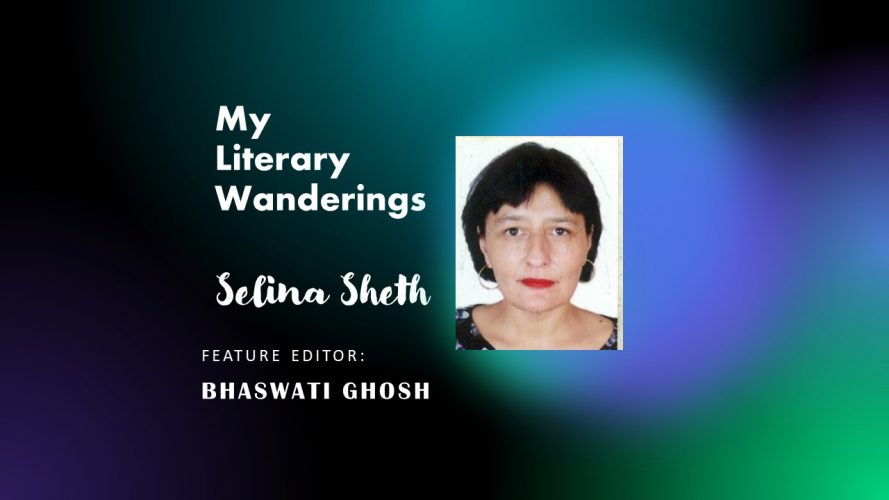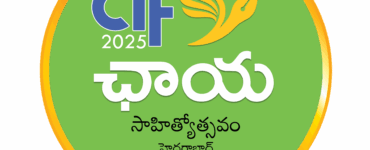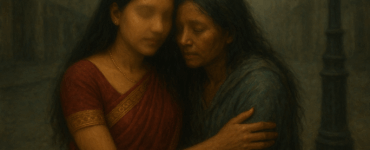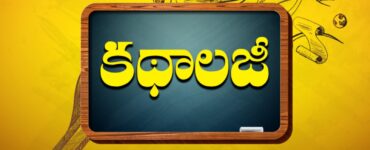According to the philosopher Arthur Schopenhauer, “The first half of life is the text; the second supplies its commentary.” I have recently turned 50, and am likely well past the halfway mark of earthly existence.
On my desk sits a thick green plastic file stuffed with notes for my very own Novel From Life (or rather, Midlife), a narrative of auto-fiction that’s taken me several years to shape into a final draft status. I’m obsessed with this work. Some days are marked by productivity and exuberance. Then come weeks of chronic anxiety – procrastination, compulsive fact-checking and micro-marginalia. Like Sisyphus of Ulysses, I despair of attaining the Holy Grail of all first-time authors: completion.
*
Just as a car runs on petrol, and the body on food, the writer’s fuel lies in reading. Writers are driven not just by the stories they feel compelled to tell, but by an unending engagement with the stories of others. As I came of age through the 1980s and 1990s – an era most notable for the absence of Netflix, WhatsApp and Instagram – I did what most GenXers did with their free time outside school or work. I read whatever I could get my hands on.
At eleven, my first crush was not a boy from my sixth grade New Delhi classroom but the Leicester-born narrator of The Secret Diary of Adrian Mole Aged 13¾. The Mole series chronicled the life of a self-proclaimed adolescent intellectual, who struggled between writing his epic ‘novel without vowels’ and declaring an undying love for his quirkily-named schoolmate, Pandora. Mole’s faintly delusional tragicomic voice, created by author Sue Townsend, spoke to me in ways Enid Blyton’s saccharine characters could not. As Mole and I travelled together from 1983 to 2008 (when the last of his diaries was published), the series morphed in my mind into a classic bildungsroman – a life story constructed not so much from plot twists and outer events, but from formative episodes of loss, journey, inner conflict and growth.
By the time I graduated from arts student to working journalist and screenwriter, I had built my own library of coming-of-age stories and windows to other worlds. Francois Sagan’s Bonjour Tristesse (Hello Sadness) brought me the youthful melancholy and restlessness of girlhood in 1950s France while RK Narayan’s The Bachelor Of Arts, set in early twentieth century Malgudi, became my insight into friendships within that small south Indian town. I discovered Isadora and her sensual adventures in Erica Jong’s seminal, mildly-scandalous Fear Of Flying, first published in 1973. Next was John Irving’s The World According To Garp, a light satire propelled by finely-etched pathos-ridden characters. And Vikram Seth’s dazzling novel-in-verse The Golden Gate, which broke from standard prose format to reveal love, loss and grief in 1980s San Francisco.
In that pre-Amazon analog era of the late twentieth century, Old Delhi’s Daryaganj Sunday Book Market was (and remains to this day) the haunt of most city bibliophiles. Here lay more than 250,000 new and used books in multiple languages, spread over Asaf Ali Road’s extensive pavement zone and flanked by Delite and Golcha cinema. This was where I often found literary gems hidden between stacks of Osho meditations, pulp fiction pocketbooks and Mills & Boon romances. Once I dug deep enough to come up with G.V. Desani’s All About H. Hatterr – a novel both brilliant and exasperating for its eccentric syntax and its Anglo-Malay protagonist’s wisdoms. I also discovered Robert M. Pirsig’s zeitgeisty spiritual memoir, as popular on Delhi University’s campus in 1992 as when it was first published in 1974. For Zen And The Art Of Motorcycle Maintenance fans, the novel was more than formulaic bildungsroman and deeper than mere coming-of-age. It was a fictionalized autobiography (what now has come to be known as ‘auto-fiction’) and a sutra-esque mash-up of Eastern spirituality, Western highways, metaphysical bike trips and the human soul’s search for purpose. It was perhaps ironical that I made a 2-in-1 bargain: my copy of Zen… came attached with Gita Mehta’s Karma Cola, a book that sharply mocks ready-to-wear spirituality in the modern age of global capitalism.
*
I had been flirting with bildungsromans all through my teens and twenties, but passionate love for the form would come later. At 30, while on a holiday in the Kumaon hills, I re-read Upamanyu Chatterjee’s 1988 breakout novel English, August. In it, a young, urban IAS graduate named Agastya Sen is sent for training to a rural Indian district. Agastya’s alienation, frustration and loneliness in his new environment was similar to what I – in an early stage of midlife crisis and full-blown burnout – was hit by in the early 2000s as I navigated the stress and hustle of a commercial television and film writing career in Mumbai. I understood Agastya’s need to retreat into a private world, with its mix of grueling push-ups, marijuana and the meditations of Marcus Aurelius. The novel ends inconclusively, with Agastya deciding only to take a break and to think about his future after visiting his father. At 40, I did the same – a decision I don’t regret. In the decade since, I’ve successfully switched tracks in my writing career, found opportunities to publish my work and arrived at some degree of calmness not via an ancient Roman emperor, but through the study and practice of yoga.
*
As the Covid-19 virus shut down the world in 2020, I found myself struggling to complete my eponymous debut novel. Looking for inspiration (or perhaps distraction) I attended via Zoom, a class on auto-fiction moderated by London’s City Lit. I then spent a week with one of the novels on its reading list, Canadian author Sheila Heti’s How Should A Person Be?
In yet another episode of art imitating life, Heti’s auto-fictional novel deals with the anxiety of creating art. Unmotivated and insecure, aimless and self-doubting, the protagonist Sheila is simply unable to finish the play she has been commissioned to write. Instead, she distracts herself with a dead-end job at a hair salon and an emotionally unavailable boyfriend, all the while fantasizing about how her life would truly begin once her play was finally written. But does Sheila even want to write her play, or is she just another self-involved ‘artiste’ worried about how others perceive her? How Should A Person Be? connected deeply with me because it hit a nerve that almost all creators have: the fear of failure, the anxiety of not becoming a worthy artist or a good person, the worry of not being anything at all in a social media universe where everybody is something.
*
Irving’s T.S. Garp observes that “In the end, we are all terminal cases.” Heti’s Sheila comes to understand that in the game of life, there are no rules, that we’re all “just slamming the ball around.” And Adrian Mole’s last diary entry reads, “Love is the only thing that keeps me sane.”
The bildungsroman educates and illumines in many ways, but at its heart lies a love letter from its author to its readers, a connection more transformative than soap-box self help, more rousing than any political ideology. It tells truths. As Elena Ferrante writes in her essay Pain And Pen, “The bildungsroman seems to me to be on the right track when it is clear no one will be built.”
Therein, perhaps, lies its beauty.
Bio:
Selina Sheth is an author, journalist and screenwriter based between Mumbai and New Delhi, India. Her work has featured in The New York Times, Scroll, The Wire, Arre, Open Democracy, The Daily Eye, Yoga Journal Singapore, Roli Books, Juggernaut Books, The Bangalore Review, Out Of Print, Literally Stories, Nether Quarterly, The Woman Inc., Spillwords Press, Kitaab International (South Asia), Cosmopolitan India, Star Television, Sony Entertainment, Walt Disney India, Asia Business News, MTV Asia News and BBC World. Additionally, Selina is the co-creator and co-host of a forthcoming short-form podcast series and a Hatha Yoga therapist certified by The Yoga Institute, Mumbai.
She is currently working on her first novel.
To know more about her, please visit www.selinasheth.com.
*









[…] published in the series My Literary Wanderings by Saaranga Books in June […]